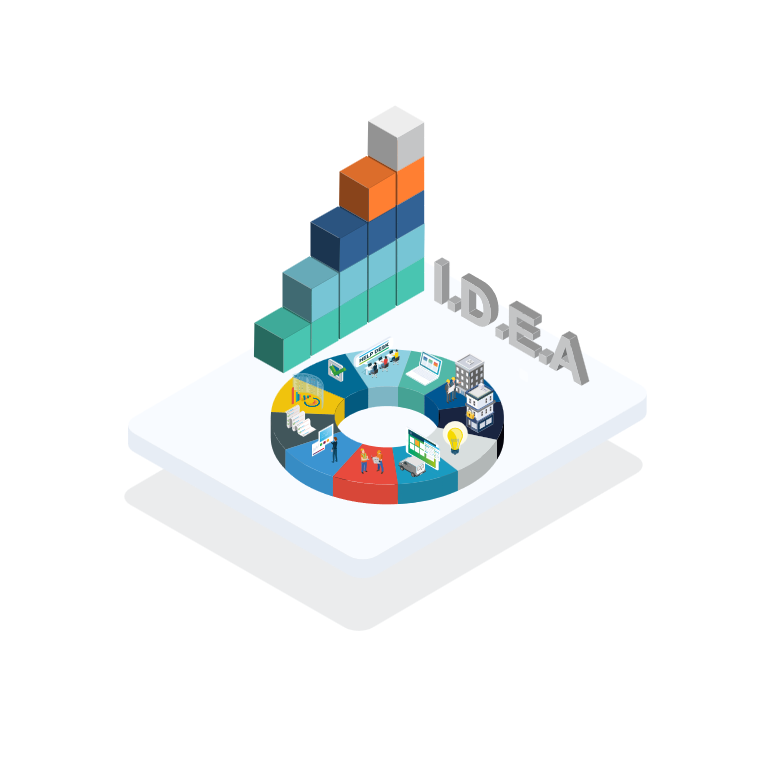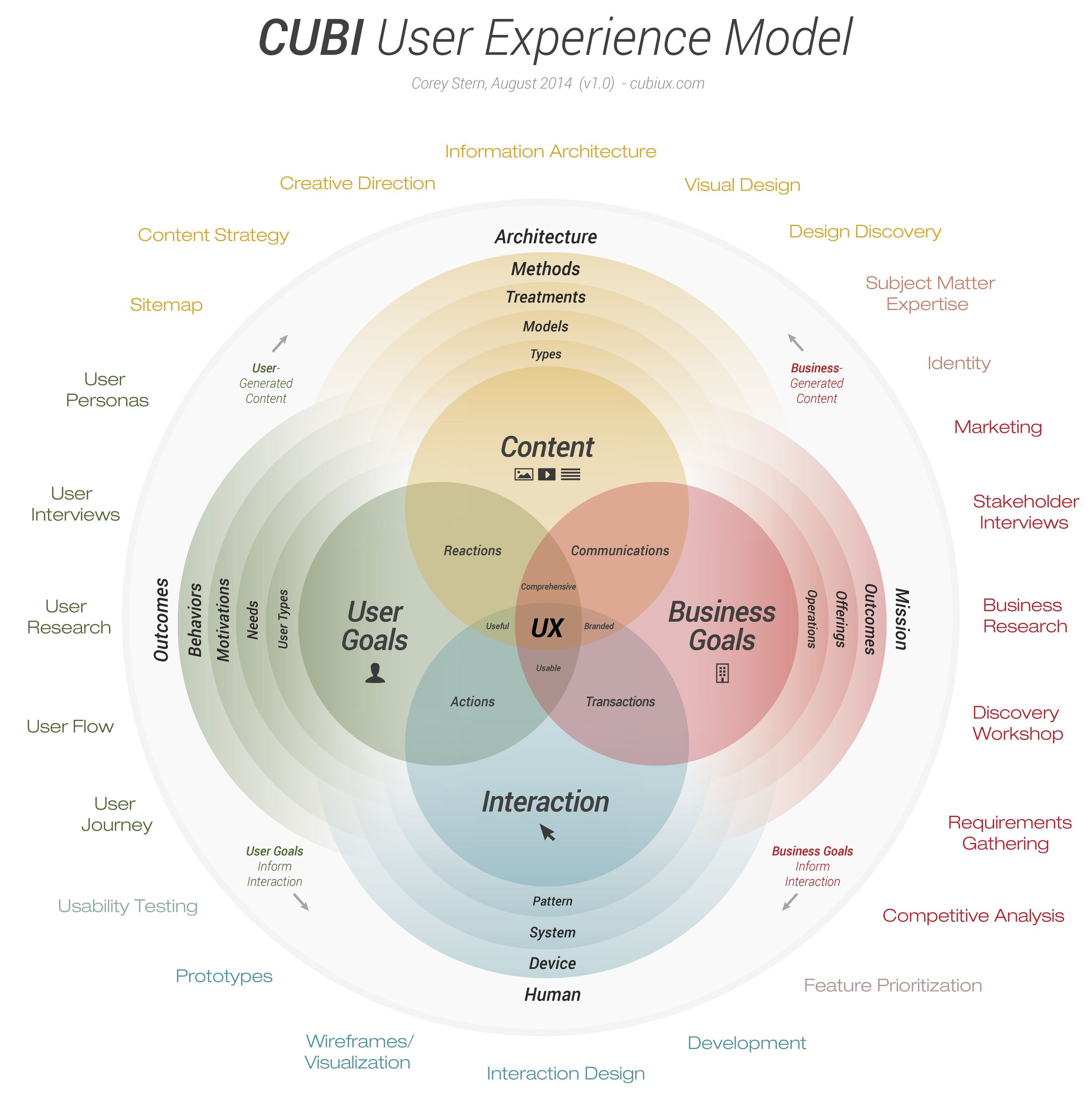Research-Driven Execution
I don’t wing it. My process blends qualitative methods—like user interviews and surveys—with quantitative techniques—such as usability testing and analytics—to uncover what users truly need, not just what they say they want. Interviews reveal motivations and pain points (attitudinal research), while testing and analytics show how people actually behave (behavioral research). By aligning each research method with the right phase of development, I ensure every design decision is backed by solid data, not gut feelings
It All Starts with an Idea
Every project starts with this. That first spark—whether you’re reimagining an old system or sketching the next big thing on a napkin—guides everything I do. I thrive on turning bold concepts into real, user‑centered solutions that make an impact.
No Cookie‑Cutter Solutions
I believe cookie‑cutter solutions fall flat. Instead, I customize my approach to each project’s unique goals and constraints, blending the right mix of research and design techniques so you get exactly what you need—nothing more, nothing less. Whether I’m pushing CAD prototyping to its limits or crafting rapid interactive demos, I challenge both technology and my own creativity to deliver standout solutions, not run‑of‑the‑mill designs.
Authentic Stakeholder Engagement in UX
Real engagement goes beyond just sending updates. It’s about knowing who’s involved, understanding their needs, and keeping them part of the process from the start. When you bring stakeholders in early and ask for feedback on things like prototypes or user journeys, you create solutions that actually work for the business and the users.
Building trust means being clear—share your process, show your research, and connect design choices to real goals. This keeps everyone aligned and avoids surprises later on.
The Role of Technical Competence
UX designers who build their technical skills in AutoCAD Civil 3D and other Autodesk tools can work faster, make better decisions, and communicate more clearly with engineers and project teams. This helps turn ideas into real solutions more efficiently and avoids problems before they grow.
Strong technical skills also improve teamwork—when everyone speaks the same language, it's easier to collaborate, hand off work, and deliver higher-quality results with fewer hiccups.
Balancing Empathy and Execution
If there’s no technical follow-through, people get frustrated—ideas stay ideas, and nothing gets built. But if you only focus on tools and forget the human side, the process feels cold and disconnected. Support fades fast when people don’t feel heard or included.
The best UX teams blend both: they listen first, involve the folks already doing the work, and build together. It’s not about replacing anyone—it’s about valuing their experience and making sure their insights shape the final product. That’s how you keep things moving, build trust, and create real results.
UX Design for the AEC Community
CAD Management for Practical Scalable Solutions
Design Principles with Purpose
Starting with solid research, I craft interfaces that aren’t just beautiful—they work seamlessly. By applying visual hierarchy and Gestalt principles, every element guides users naturally. I also establish custom design guidelines—simple value statements that align teams and steer every decision. This structured approach delivers consistent, intuitive experiences at every touchpoint.
Page Terminologies
-
UX design, or user experience design, is all about making things easy, useful, and enjoyable for people to use. It focuses on how a person feels when using a product—like a website or app—and aims to make that experience smooth, simple, and satisfying. It's not just about looks, but about how well something works for real people.
-
UX design relates to CAD management by encouraging a user-first mindset: design your tools, standards, and workflows to serve real users’ needs, reduce friction, and boost productivity.
In short, better user experience = better CAD outcomes.
-
Understanding how people feel, think, or believe about something. It focuses on their opinions, emotions, and preferences—not what they do, but why they feel a certain way.
-
Research looks at what people actually do—not what they say or feel, but their real actions and habits. It’s about watching and measuring behavior to understand how people interact with things.
-
Simple rules our brains use to make sense of complex visual information. They explain how we naturally group things, see patterns, and understand structure—like why we see a shape even if it’s incomplete, or why we group similar things together.





